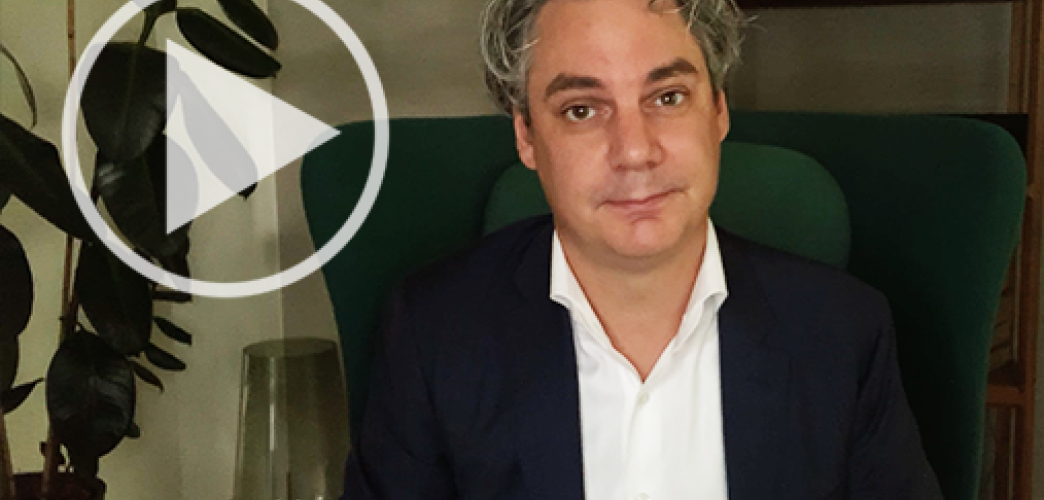report by BlackRock
- Filter:
- Clear Filters
Results for ""
Goals/Needs-Based Investing
What is a Risk Budget?
This piece is approved to use with clients.
Three Keys to Investor-Centric Portfolio Construction.
Investing Ideas
What is a Stock Worth?
This piece is approved to use with clients.
Implications for Equity Investing at Historic Valuations
Client Experience
[Infographic] - Importance of Avoiding Big Losses
This piece is approved to use with clients.
Understand how large losses can have a disproportionate effect on investors financially and emotionally.
Goals/Needs-Based Investing
[Infographic] - Trailing vs Rolling Returns
This piece is approved to use with clients.
Understanding different ways to look at portfolio returns can help investors select more consistent investment strategies.
Goals/Needs-Based Investing
[Infographic] - Arm Your Portfolio
How to mitigate the risk of large losses during unforeseen market events.
Alternative Investments
What is a Hedged Equity?
This piece is approved to use with clients.
Simple, straight-forward explanation of a fast-growing sub-category of investment strategies.
Fixed Income Insights
The Dire Outlook for Bonds in the Wake of COVID-19
This piece is approved to use with clients.
This brief update revisits the main tenets of “The Bleak Future of Bonds” paper and provides updates to some key numbers in the aftermath of the COVID-19/coronavirus crisis and what this means for portfolio construction going forward.
Goals/Needs-Based Investing
What is a Risk Budget?
Three Keys to Investor-Centric Portfolio Construction.
Goals/Needs-Based Investing
Math Matters: 4 Principles to help You Meet Your Financial Goals
This piece is approved to use with clients.
Learn the four math principles investors can take advantage of for successful goals-based investing.
Client Experience
4 Ways to Enhance Your Practice with Behavioral Finance
Redefining Behavioral Finance
Alternative Investments
What is a Put Option?
This piece is approved to use with clients.
Simple, Straight Talk on Put Options.
Goals/Needs-Based Investing
Market Timing Whiplash
This piece is approved to use with clients.
When Market Experts Disagree




















